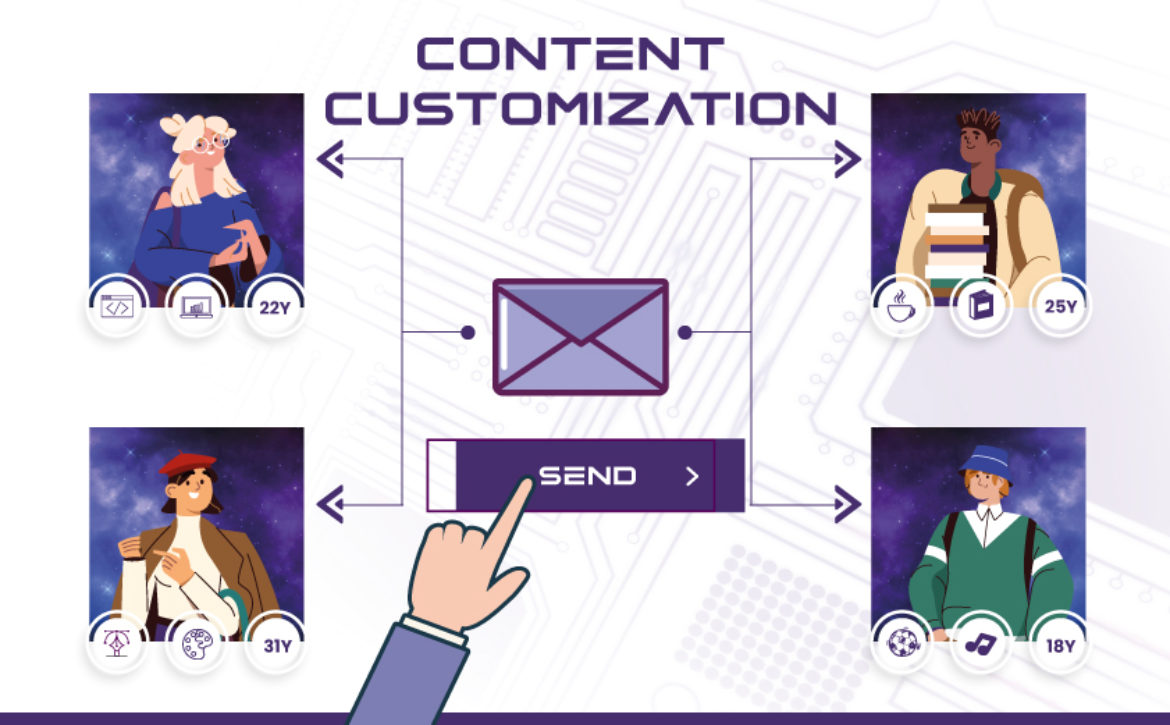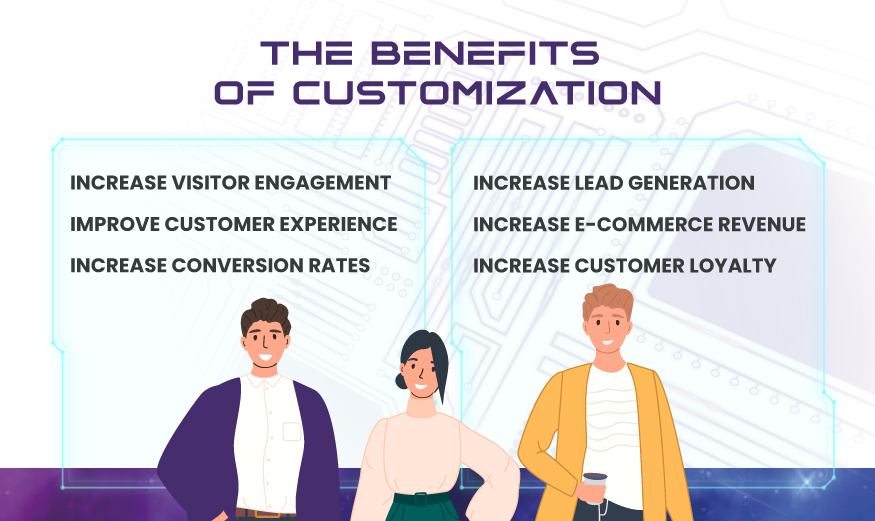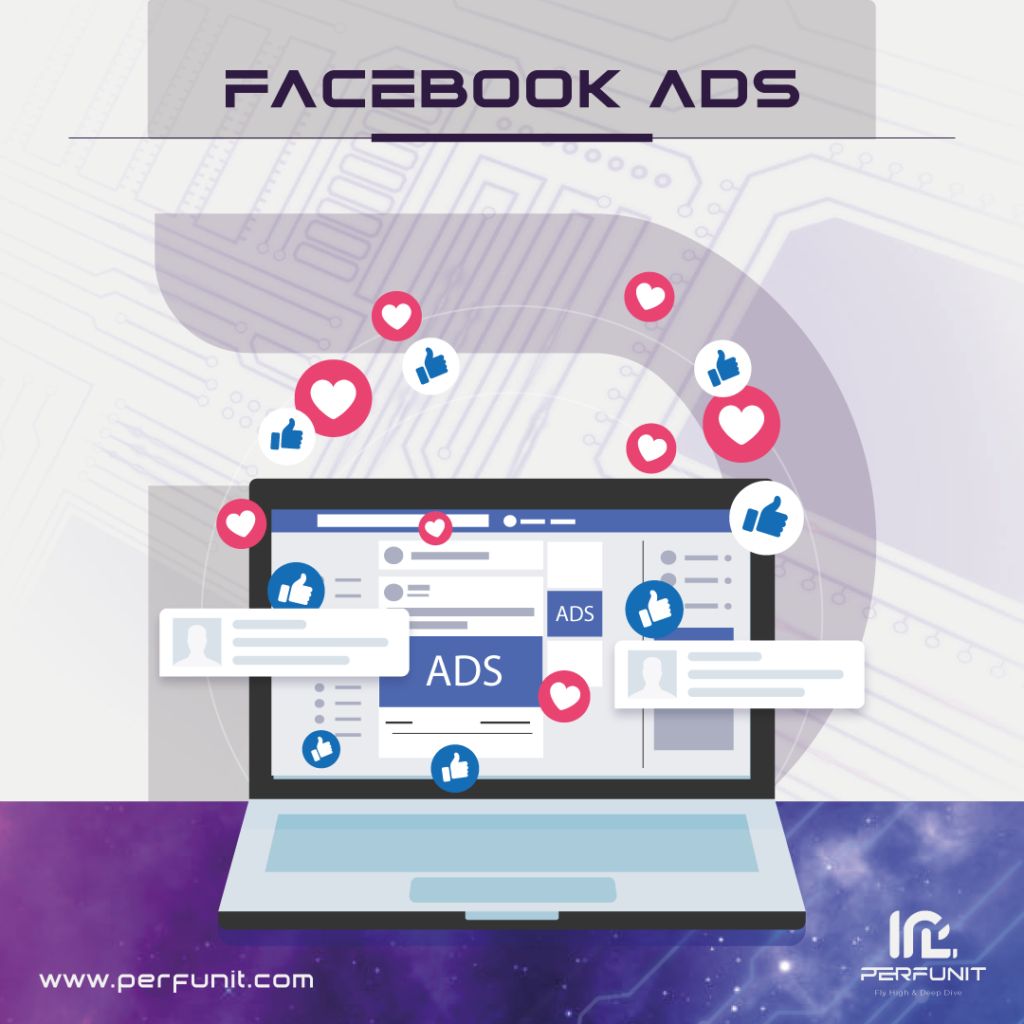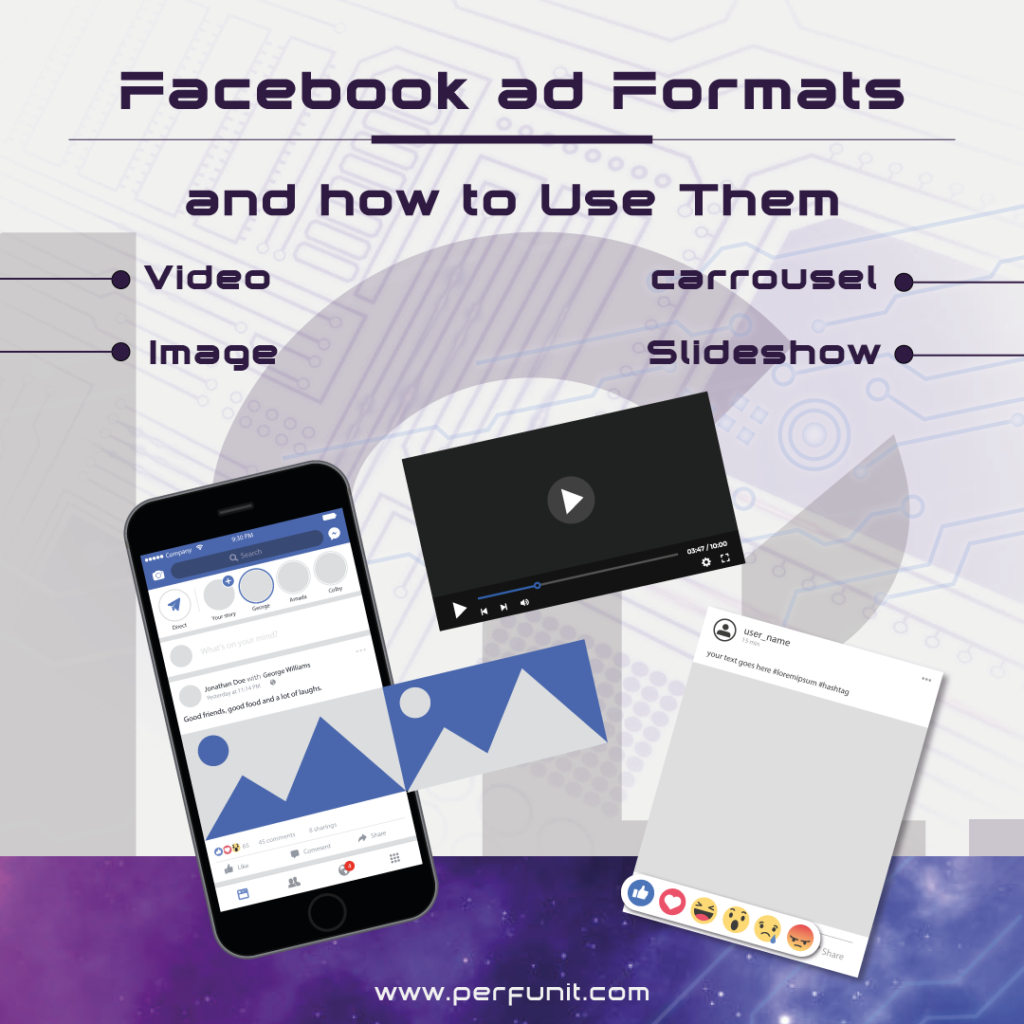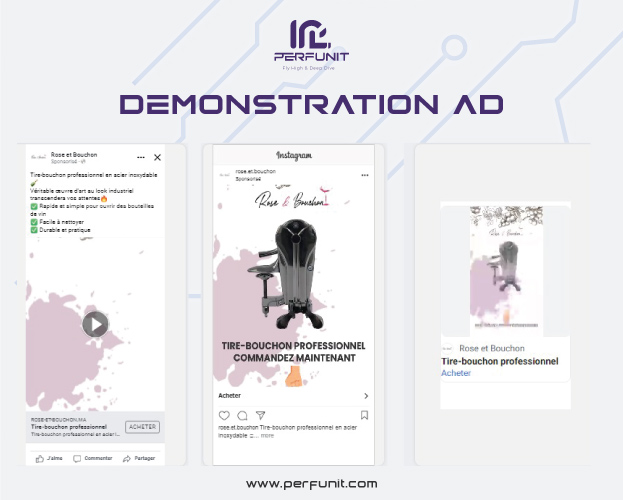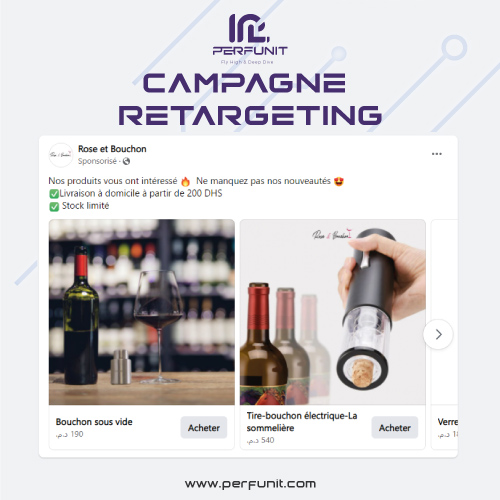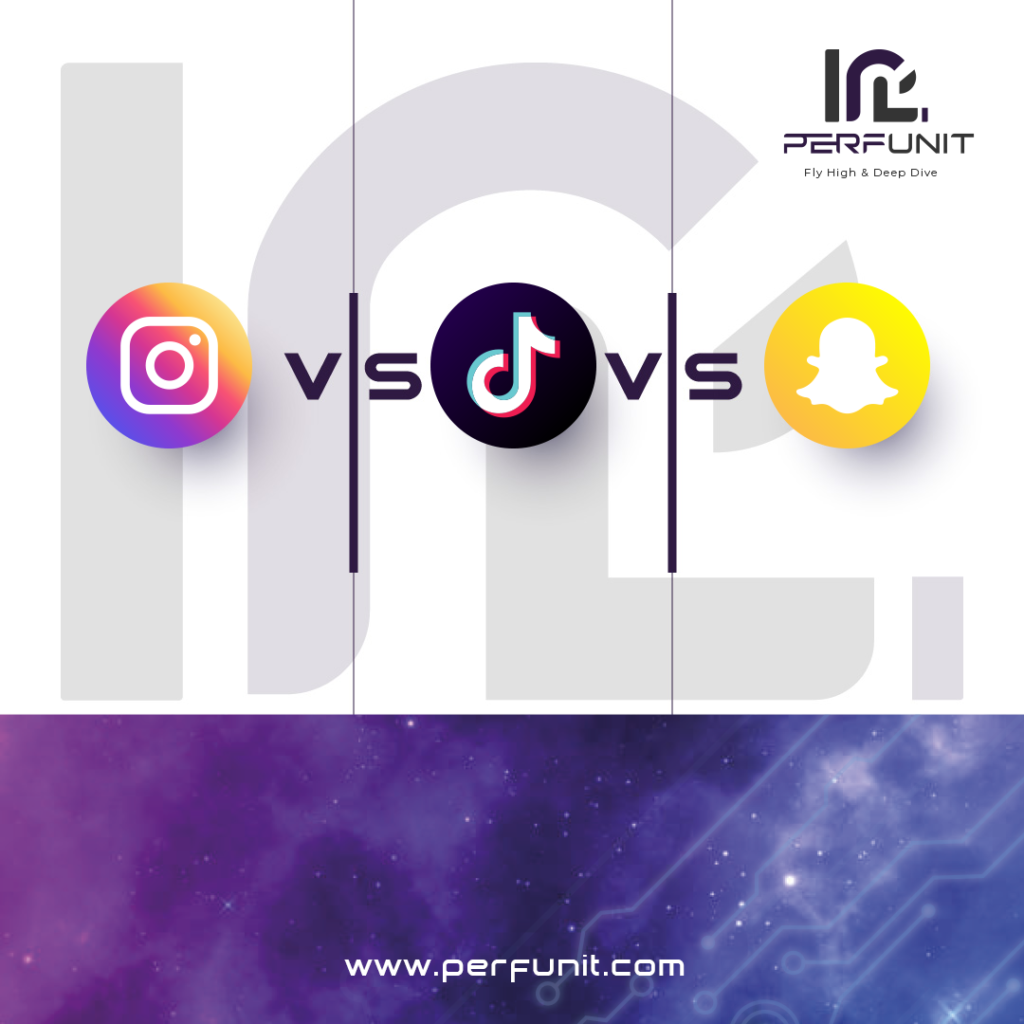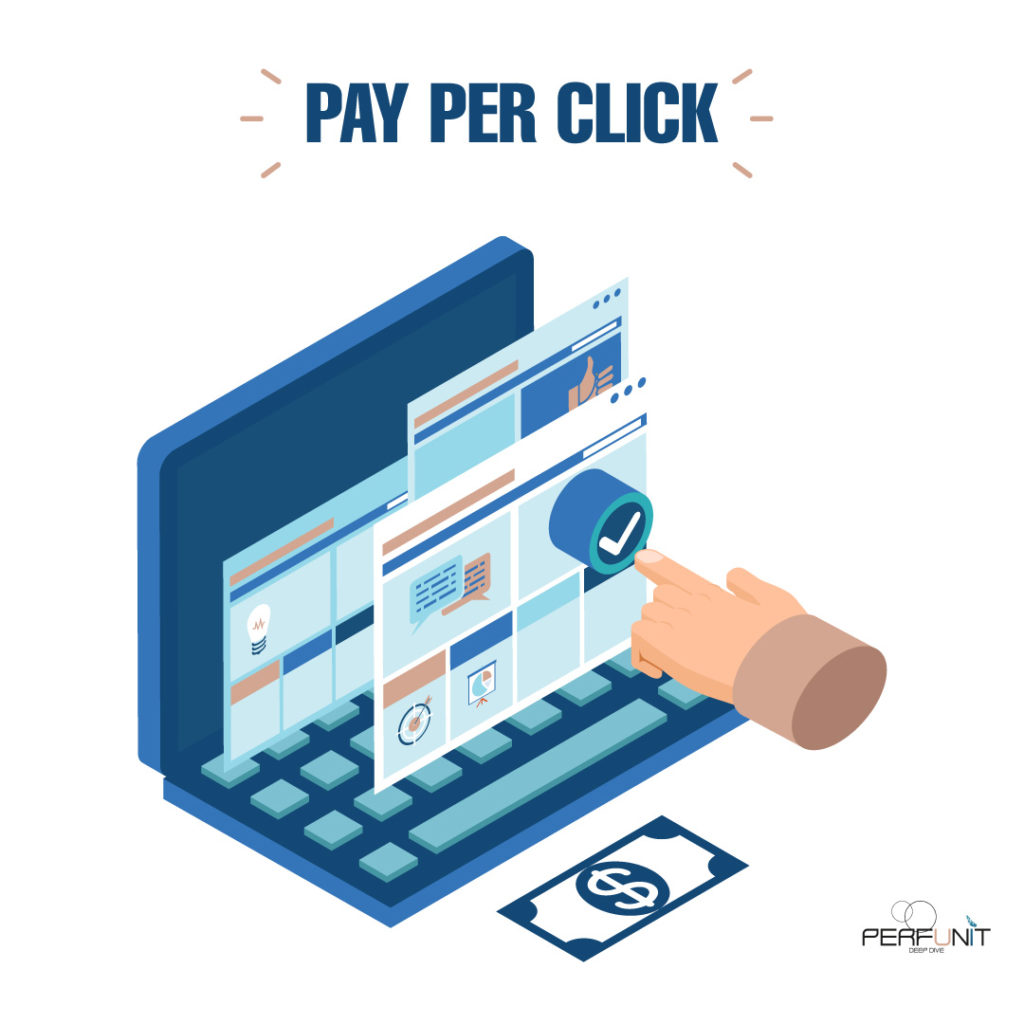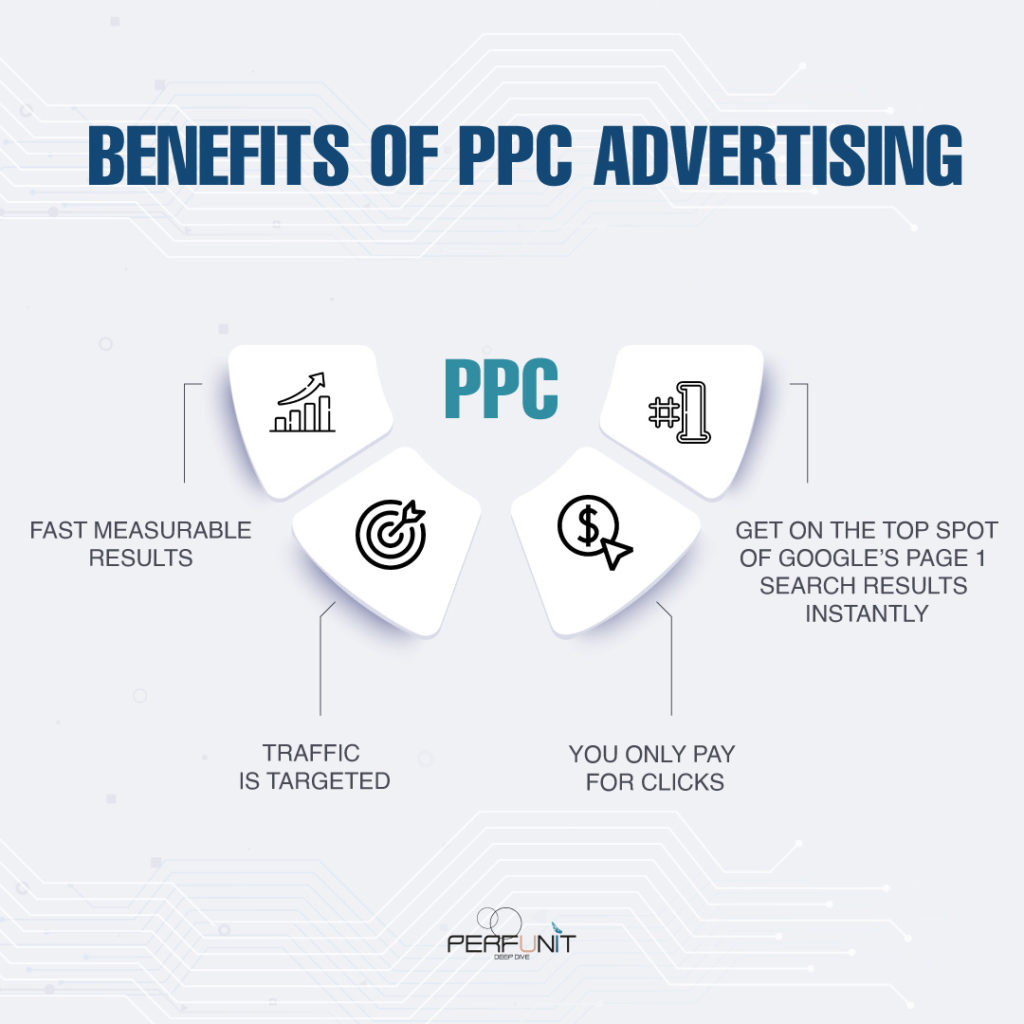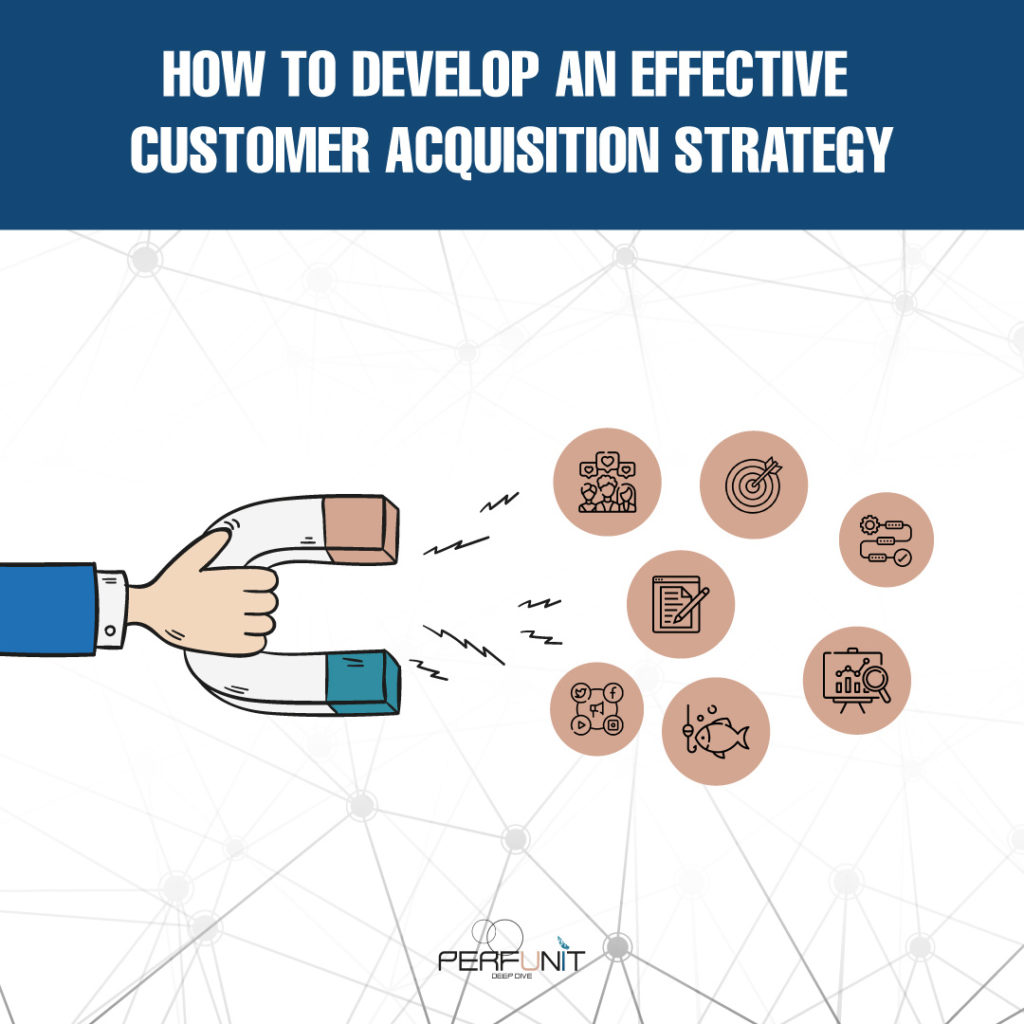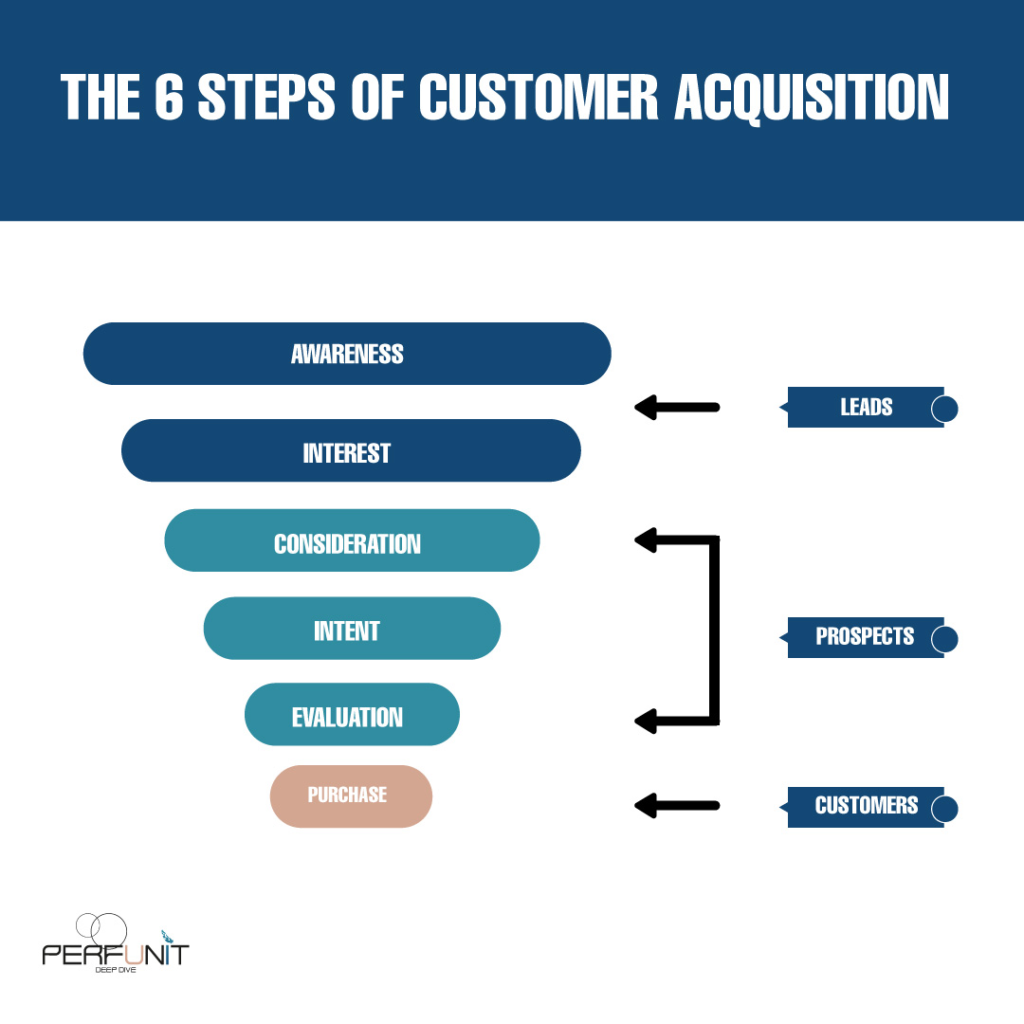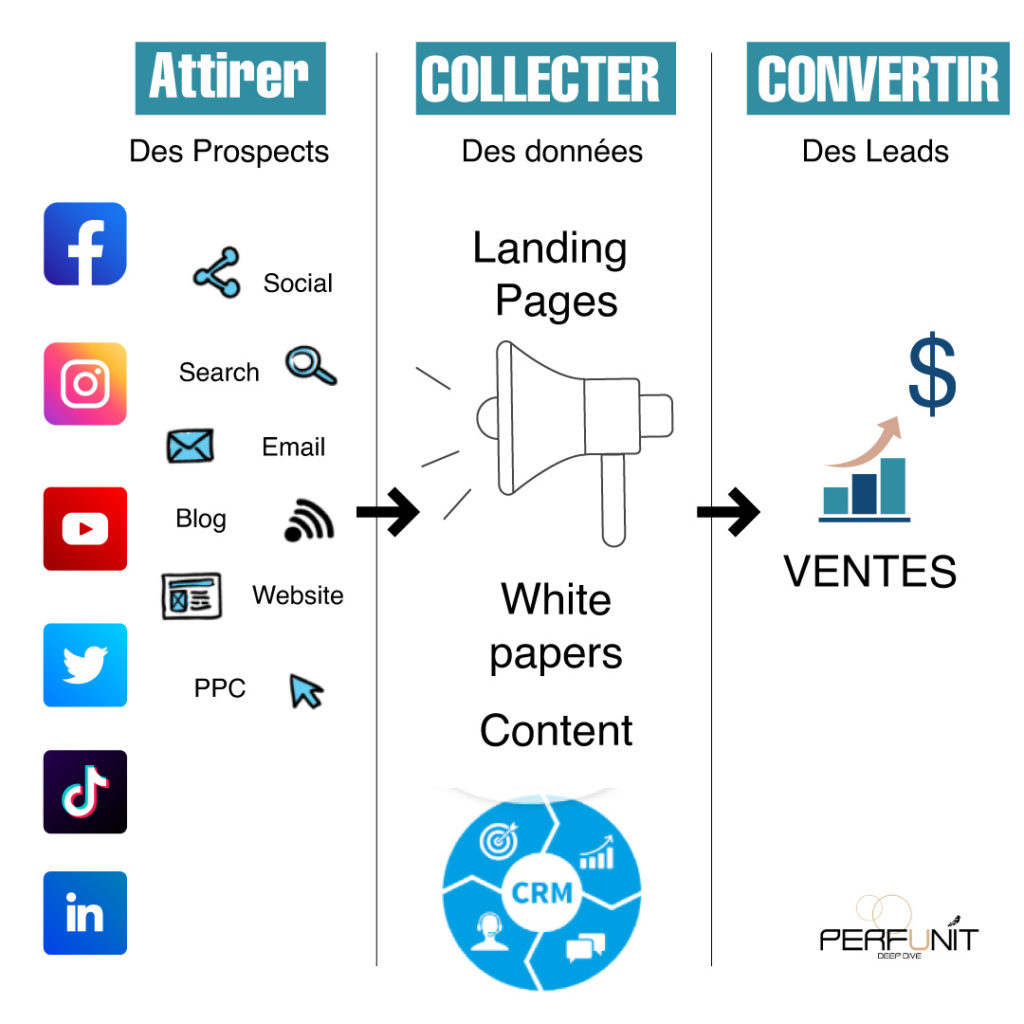Operational Marketing
Operational marketing is a determining factor for the success of a company or a project. It encompasses the various means of action used to achieve the company’s objectives. These objectives are set during the development of the marketing strategy.
The elements resulting from operational marketing have an effect on the short and medium term. It is therefore necessary to monitor and evaluate them, to adapt to the trends of your market.
In this article, we will cover several aspects related to operational marketing, answering the following questions:
- What is the difference between strategic marketing and operational marketing?
- What do we mean by the 4Ps?
- How to evaluate its operational marketing?

I – What is the difference between strategic marketing and operational marketing?
Strategic marketing and operational marketing are not antonymous terms. On the contrary, the first cannot exist without the second, and vice versa. They are both part of the company’s overall marketing strategy. However, there are some differences that should draw your attention.
On the one hand, strategic marketing focuses on the long term. It relates to company commitments, for a period that varies between 3 and 5 years. Its decisions therefore have a direct impact on the operation and future of the company. Operational marketing decisions are focused on the short term.
On the other hand, strategic marketing gives us the general objectives that accompany the development of the company in the future. While operational marketing finds actions to take to achieve these general or strategic objectives. For example, using television commercials to increase sales or improve brand awareness.
It can therefore be said that these two notions are complementary. The strategic plan outlines the objectives and commits the company to the long term. So that operational marketing intervenes to put in place, in the short term, the actions that will lead to these objectives.
II – What do we mean by 4P’s (Marketing Mix)?
Operational marketing is segmented into four major areas. These axes are called in marketing vocabulary, the 4Ps.

Product: It is a question of taking into account, all the characteristics of the product to put in place a strategy. For example: the design, the packaging, the materials used, the colors…
Price: This is to determine the price according to your positioning, the nature of your competitors, the market offers, or the means of payment offered. Be careful, an error in this axis will have serious future consequences on your operational marketing actions.
Place: This is to determine the distribution policy of the product. You can market a product in supermarkets, wholesale and retail, or by using your website for e-commerce.
Promotion: This is to study all the elements related to the successful promotion of the product. We choose the advertising messages and works of art to broadcast, as well as the channels to use. For example, to promote an online training session, you can produce a 30-second informative video and post it on Linkedin. A bad choice of promotion
III – How to evaluate its operational marketing?
The choice of an advertising action, and its implementation mobilizes the financial and human resources of a company. It goes without saying that these operational marketing actions must be evaluated to know their effectiveness. Through this assessment, you can quickly identify weak points and suggest areas for improvement. In addition, by carrying out regular monitoring, you will adapt more quickly to new market trends.
Evaluation involves choosing a set of KPIs (Key Performance Indicators) to track. These KPIs allow you to know the overall performance level of the operational marketing actions you have taken.
a) Monitoring the financial profitability of the campaign:
If you want to keep an eye on the financial profitability of your operational marketing actions, you can use indicators such as:
- ROI: Return on investment, which indicates whether all the advertising costs incurred are generating a positive financial return for the company.

- CPP: Cost Per Purchase, it allows you to determine the total cost you have to spend on a channel to close a sale. This is a very important indicator if the operational marketing put in place serves a global strategy that aims to develop online sales.
- Cost per Lead: This indicator allows the company to know how much money will be spent to fill out a contact form (Name and surname, Address, Telephone number, Email, etc.) Tracking this cost allows the company to have a precise idea of the budget to commit to building up a database of potential customers.
- The average basket: This KPI is calculated by dividing the total revenue by the total number of orders. By following it regularly, you can better understand the evolution of your company’s turnover, and compare it to the average of your sector. This comparison allows you to situate your performance in relation to your competitors. Thus, you will be able to quickly assess the impact of your operational marketing actions on the evaluation of your income.
b) Monitoring of campaign performance:
If you are more performance and relevance oriented, you can use performance indicators to evaluate your operational marketing such as:
- The conversion rate: allows you to know the percentage of people who made a purchase after seeing one of your advertisements.
- Bounce rate: Measures the percentage of people who entered your website and left immediately afterwards. A low bounce rate is a guarantee of good performance.
- CTR: Click through rate , it measures the proportion of people who saw your advertisement and clicked on it. It goes without saying that a high CTR means that the operational marketing actions implemented are effective and relevant.
What you need to remember :
- The strategic and operational parts of marketing are complementary.
- Strategic marketing takes a long-term view, while operational marketing takes a short-term view.
- It is divided into 4 axes, called the 4Ps.
- Operational marketing is assessed through financial profitability and performance indicators.
The development of your operational marketing is therefore essential for the success of your strategic objectives. If you need support, do not hesitate to consult our articles on our blog. You can also contact the teams of our PERFUNIT agency. We will be happy to discuss your needs.







